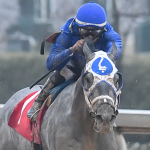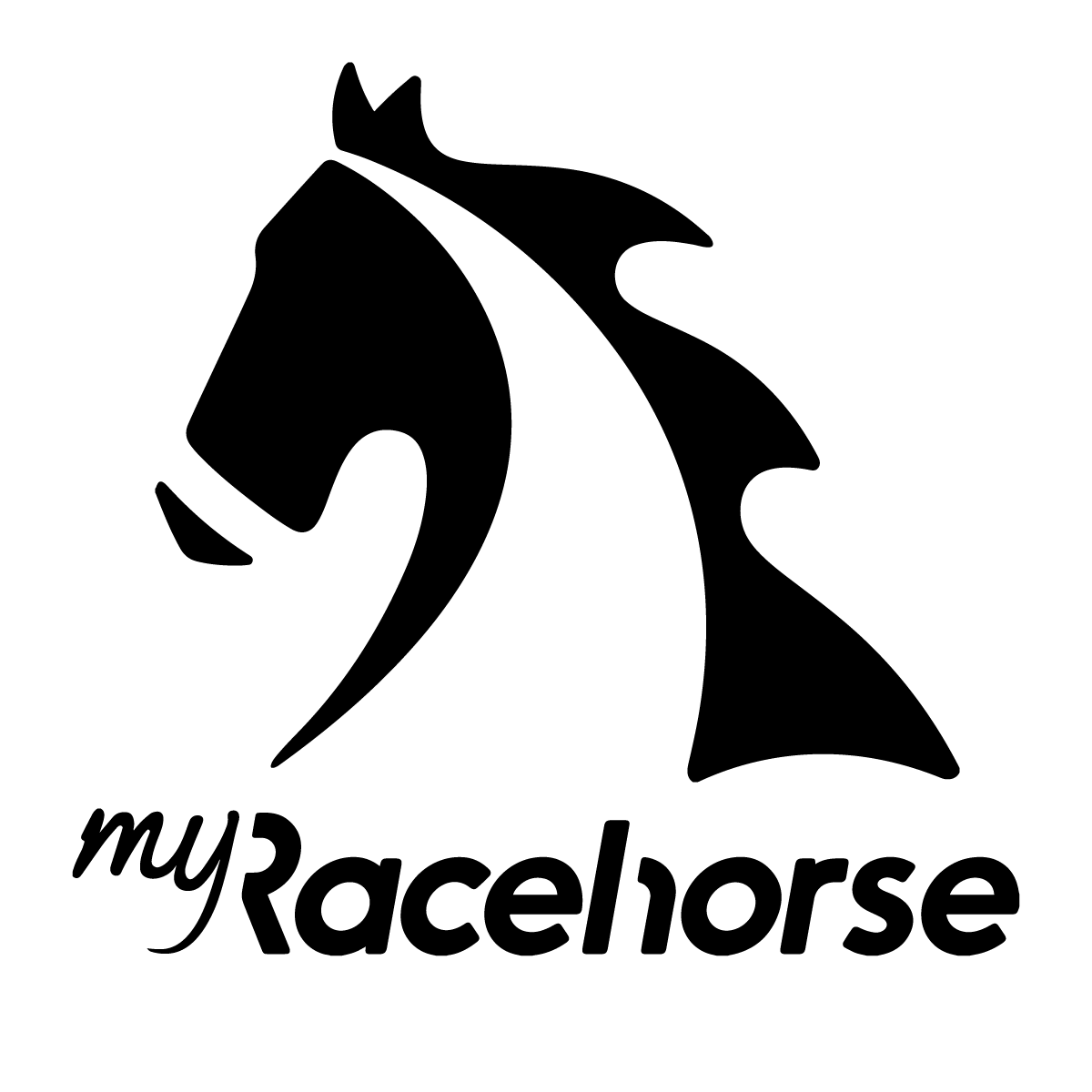
Preakness Quick Sheet: Get to Know the 2021 Preakness Horses

“Horizontal” bets, or bets involving picking the winners of multiple races in a row, are among the most glamorous in horse racing. There’s nothing that gets bettors fired up more than a juicy Pick 4 or Pick 5 sequence.
As a result, their counterparts – the double and the Pick 3 – can often get lost in the shuffle. However, both of those wagers offer plenty of money-making potential, and are a great way to capitalize on a strong opinion, without having to take as much risk.
The goal of the double, also known as the Daily Double, is to pick the winners of two consecutive races. Originally offered on only the first two races a day, many tracks now offer “rolling doubles” on any consecutive two-race sequence. The wager was introduced in the 1930s, and for decades it was the only exotic wager offered besides the usual win-place-show fare. Most tracks have a $1 minimum wager on doubles.
The objective of a Pick 3 is to pick three consecutive winners. This bet was first introduced in California in the 1980s and quickly spread across the country. Like with the double, many tracks have “rolling Pick 3s” enabling a bettor to wager on any consecutive three-race sequence they want. The most common minimum bet on a pick 3 is 50 cents, but a few tracks, most notably the NYRA venues, have a $1 minimum.
Because there is less risk involved, doubles and Pick 3s usually do not have the glamorous payoffs that can result from Pick 4s and Pick 5s. At Saratoga on Aug. 14, for example, the 10 doubles had an average payout of $45.30 for $1, with a median return of $26.90. By contrast, the three Pick 5s that day paid more than $1,000 each for 50 cents, with the late Pick 5 paying more than $22,000. However, if played correctly, doubles and Pick 3s can also result in bonanzas.
The best time to play those bets is when you have a very strong opinion in at least one race in the double or Pick 3 sequence. With proper resource allocation, you can play that sequence for a large amount, resulting in a potentially large payoff.
Like with all horizontal bets, bettors have the option to “spread” and use multiple horses in different races, albeit at a higher cost. While this strategy is often sound in playing Pick 4s and Pick 5s, it is less so in Pick 3s and is emphatically not the case in doubles.
If you like three horses in each leg of a double, for example, playing that double using all of them will cost $9 (3 X 3) on a $1 minimum bet. With the aforementioned median return of $26.90, that means you’re likely to only get about a 3-1 return on your money if you’re right. By contrast, if you can narrow even one of those races down to just one horse, it would cut the total cost of your bet to $3 (1 X 3), and save you some money. If you play a “cold” double and use just one horse in both legs, all the better.

The Pick 3 gives you a little room to spread, but any play should still be concentrated around one or two strong opinions. If you really like two horses in the sequence, for example, and want to spread in leg three, you can do so while still creating a bet that gets you a good ROI (return on investment).
For the novice bettor, doubles and Pick 3s are a great introduction to horizontal betting. They are lower-risk and have the potential for a decent reward. You also don’t have to spend a lot of money to have a good chance at winning, unlike the Pick 4 or the Pick 5.
These bets also allow for big bettors to make a solid score. The key to making money in doubles and Pick 3s is to play them at high denominations. Let’s say you have a $60 budget for horizontal wagers, but have decided the Pick 4s and the Pick 5s are a bit too tough. There’s too many wide-open races where you wouldn’t feel comfortable without going over budget. However, you may have found two races in a row where you can comfortably narrow it down to one or two horses. You could invest your bankroll into a double with those two races, or perhaps a Pick 3 with one of the races around it, and play for a larger total.
If you played a $30 1 X 2 double, for example, using one horse in one leg and two horses in the other leg, you would spend your whole bankroll, while concentrating on your best opinions. With a Pick 3 play at a $5 increment, you could use as many as six horses in a surrounding leg while spending the same $60. If you could narrow a surrounding race down to, say, three horses, you could play a 3 X 1 X 2 Pick 3, with a $10 base wager, and spend the same $60 with a potential for a high ROI.
In short, bettors of all bankrolls shouldn’t sleep on doubles and Pick 3s. If you’ve got some good opinions on a string of races, don’t feel forced into playing a Pick 4 or a Pick 5 because they’re more glamorous. Smaller bets can offer just as much value.

Please fill out the form below to request information about race horse ownership.